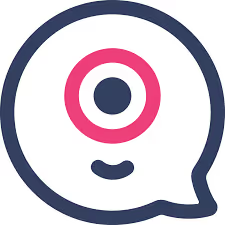What are conversational AI agents?
Conversational AI agents are software tools that simulate human-like chat and voice interactions to answer questions and complete tasks automatically.
What can conversational AI agents do?
They handle customer support, automate sales, schedule meetings, and provide instant answers 24/7, improving engagement and efficiency.
How do conversational AI agents work?
They use natural language processing to understand input and machine learning to generate relevant, human-like responses in real time.
Are conversational AI agents easy to set up?
Yes, most tools offer simple drag-and-drop builders or pre-built templates requiring no coding for quick setup.
Are conversational AI agents free?
Many offer free plans with limited features; full functionality usually requires paid subscriptions starting around $10–$50/month.
What is the common conversational AI agents pricing?
Pricing ranges from $10 to $100+ per month, depending on features, user volume, and customization options.
What are the types of conversational AI agents?
Types include chatbots, voice assistants, virtual customer agents, and automated messaging bots for websites or apps.
Do conversational AI agents work with email?
Yes, many integrate to send automated email replies and follow-ups alongside chat or voice interactions.
What are the best conversational AI agents tools?
Popular tools include Dialogflow, IBM Watson Assistant, Microsoft Bot Framework, and Rasa for robust AI conversations.
What are common conversational AI agents integrations?
They commonly integrate with CRM, support platforms, messaging apps, email systems, and voice services like Alexa.


















































